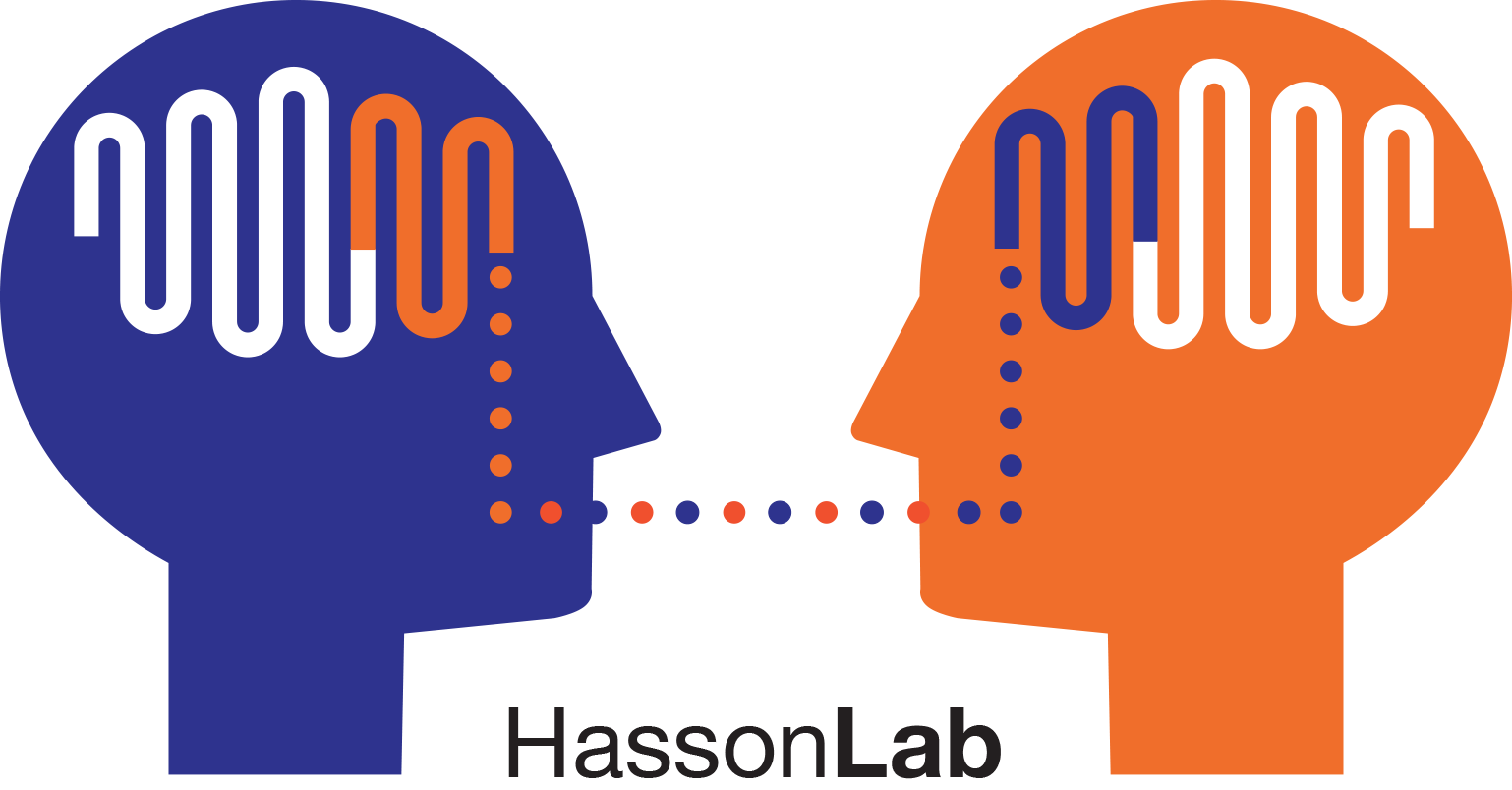interspecies activity correlations reveal functional correspondence between monkey and human brain areas
Type
Evolution-driven functional changes in the primate brain are typically assessed by aligning monkey and human activation maps using cortical surface expansion models. these models use putative homologous areas as registration landmarks, assuming they are functionally correspondent. For cases in which functional changes have occurred in an area, this assumption prohibits to reveal whether other areas may have assumed lost functions. here we describe a method to examine functional correspondences across species. Without making spatial assumptions, we assessed similarities in sensory-driven functional magnetic resonance imaging responses between monkey (Macaca mulatta) and human brain areas by temporal correlation. using natural vision data, we revealed regions for which functional processing has shifted to topologically divergent locations during evolution. We conclude that substantial evolution-driven functional reorganizations have occurred, not always consistent with cortical expansion processes. this framework for evaluating changes in functional architecture is crucial to building more accurate evolutionary models.

